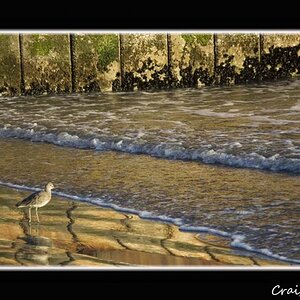mysteryscribe
TPF Noob!
- Joined
- Feb 1, 2006
- Messages
- 6,071
- Reaction score
- 3
- Location
- in the middle of north carolina
- Website
- retrophotoservice.2ya.com
- Can others edit my Photos
- Photos OK to edit
Since there are so many different skill levels here, I thought it might be a good idea to ask a question. Some might learn, some might relearn, some might think of things in a different way.
Since these days photography is about choices more than any other time in history lets see if we know how to make the right choices...
Purely theoretical question since most customers and just plain viewers in general couldn't tell the difference anyway.
Let's say I build a camera (god forbid) And this camera has a dead sharp lens (yeah right). I am shooting against a black background at eight feet so depth of field will play no role in this question.
My camera's lens is sharp at every distance and aperture. The camera can shoot f128 or f1.4... So will there be any difference in the picture at either setting''
Question picture at f128 will be sharper whether it is noticeable or not... true of false..
Since these days photography is about choices more than any other time in history lets see if we know how to make the right choices...
Purely theoretical question since most customers and just plain viewers in general couldn't tell the difference anyway.
Let's say I build a camera (god forbid) And this camera has a dead sharp lens (yeah right). I am shooting against a black background at eight feet so depth of field will play no role in this question.
My camera's lens is sharp at every distance and aperture. The camera can shoot f128 or f1.4... So will there be any difference in the picture at either setting''
Question picture at f128 will be sharper whether it is noticeable or not... true of false..


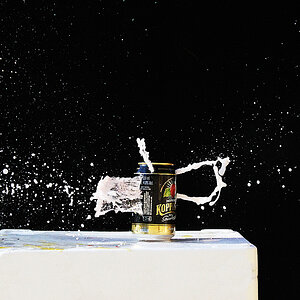
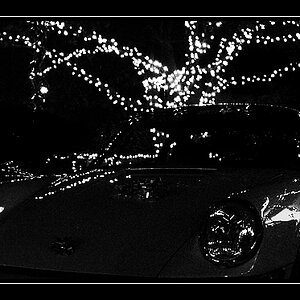
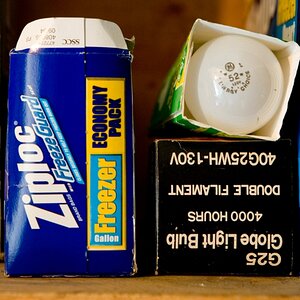

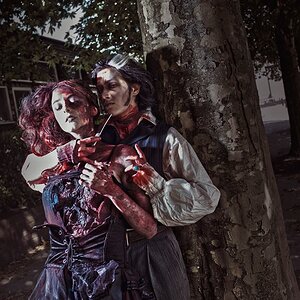
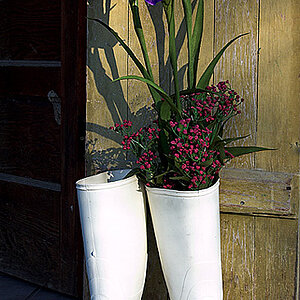
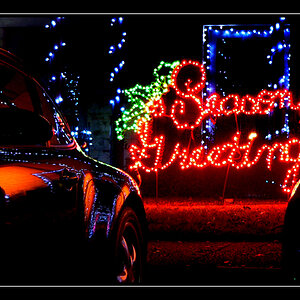
![[No title]](/data/xfmg/thumbnail/39/39497-93752210dd49247220721e5ac8c61245.jpg?1619739055)
